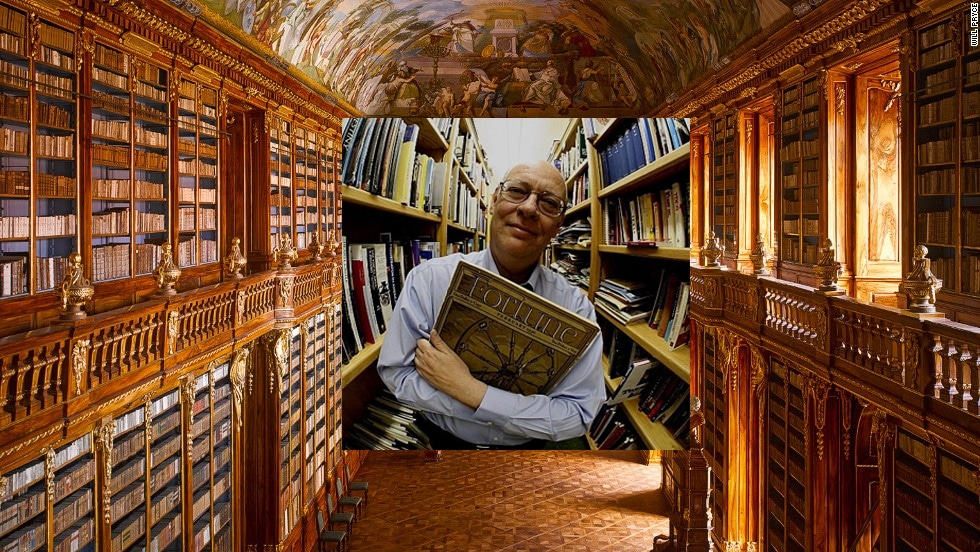|
It goes without saying that India is a complex and fascinating nation. For an architecture lover like me, few countries are its equal. Hindu, Buddhist, and Islamic wonders – think of the Taj Mahal – abound, alongside modern constructions. The nation teems with cities and people, making it also dense with intriguing structures.
I recommend to you The Guide to the Architecture of the Indian Subcontinent by Takeo Kamiya (Architecture Autonomous, 2005) for multiple reasons. First, the book contains almost 600 pages of excellent color illustrations covering every region of India, so it serves as one of the best visual travel guides to India. Second, it is the best guide to Indian architecture that I have ever seen. And third, it is perhaps the best single-country architecture guide I have ever found and should be a model to other publishers.
Combining maps, color photos, and brief descriptions of each building, this book is a joy to flip through. The Japanese architect Kamiya both wrote the book and took all the photos, so this really must have been a (long) labor of love. I cannot imagine how many trips to India this required. I doubt many people have seen as much of the country as Kamiya has.
If you are genuinely curious about the world, I urge you to pick up this book. Not only will you learn a great deal about India, but you will also see a tremendous range of stimulating designs: from the clarity of the Taj and the palaces of Rajasthan to the sexual carvings of Hindu Khajuraho, from the fabulous “dead capital city” of Fatehpur Sikri (one of my favorite places on earth) to the British planned city of New Delhi. This book will really widen your horizons, geographically and visually.
|
|











